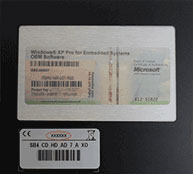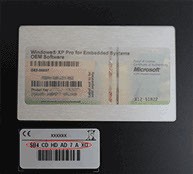Touch screen technology is a user-system manipulation that relies on touch. Technologies that rely on touch are not built the same because they utilise different elements to respond. They may use sound waves, force sensors, or infrared light.
Touch screen technology has been through various evolutions since the use of styluses on micro-keyboards. It is this revolution that has brought about various touch screen devices for a variety of functions. Some common technologies include: projected capacitance, resistive capacitance, surface capacitance, optic touch, surface acoustic wave, and electromagnetic induction touch.
How Resistive Touch Screens Work and their Advantages
Resistive touch technology is a popular model in touch screen devices. The technology works by detecting pressure when a finger, stylus or any other object touches a screen. That’s the reason it’s called pressure-sensitive touch. A resistive film on a device contains electrodes that come into contact with the glass when pressed, causing a shift in electrical current. Small to medium-sized devices such as smartphones, PDAs, gaming systems, and vehicle navigations systems use projected capacitive touchscreen technology.
PCAP and its Advantages over Alternatives
PCAP is the most common touch screen technology today. It is available on the most recent mobile devices like smartphones and tablets. The advantage that projective capacitive touchscreen has over other technologies is its responsiveness to touch. It allows for several operations with fingers such as swiping, rotating, zooming, pinching, and it also responds to certain gestures. Additionally, PCAP has a higher light transmittance in comparison to other technologies.
Optical Touch (Infrared) and its Advantages
Optical touch is another technology that large panels use. With it, there are grids of light beams invisible to the eye that result from infrared LED lights on the panel. When a user touches the surface, a shadow forms due to the interruption of these light beams. The sensors on the panels then triangulate the location of the finger. Optical touch screen technology offers high image clarity. Devices that use optical touch still function even with surface cracks and scratches.
Source:
How it works: The technology of touch screens, ComputerWorld.com


